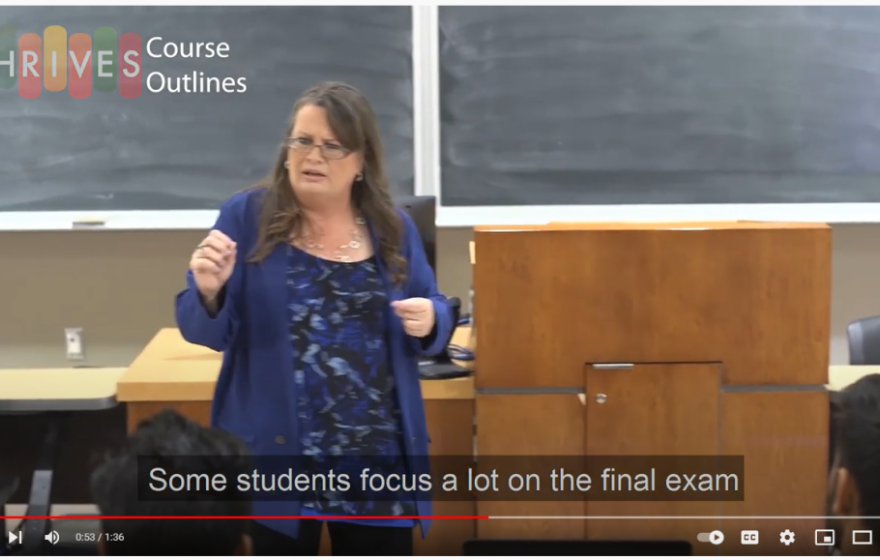Under the AODA, any video made available publicly, such as videos on our website, must have captioning and audio description available. There is also an expectation that videos we use as learning materials also have captioning. This includes videos we show during in-person classes or upload to Blackboard.

Captioning is the process of providing the text of spoken words in a video in small chucks timed to appear on screen at the same time the words are heard on the audio track. Transcripts are plain text documents of the spoken words in the video. According to the AODA, captions or transcripts must be provided for public videos. As an education institution, we have an obligation to ensure students with disabilities who require captions or transcripts gain access to videos we use for teaching and learning. This is our responsibility, but it is also an opportunity as more students can benefit from captions and transcripts.
Some reasons for providing captions include:
- Making your content accessible for students with hearing loss and other disabilities.
- Providing additional support for international students for whom English is not their first language.
- Ensuring students who are accessing the video in less-than-ideal environments (too noisy or poor internet connections that distort audio) can access the content.
- Ability to view the correct spelling of unknown words.
- Catch details that may be missed when listening.
REFERENCES
Collins, G. (2011). Complying with the Integrated Accessibility Regulation (IAR): Captioning and describing web videos. https://www.aoda.ca/complying-with-the-integrated-accessibility-standar…